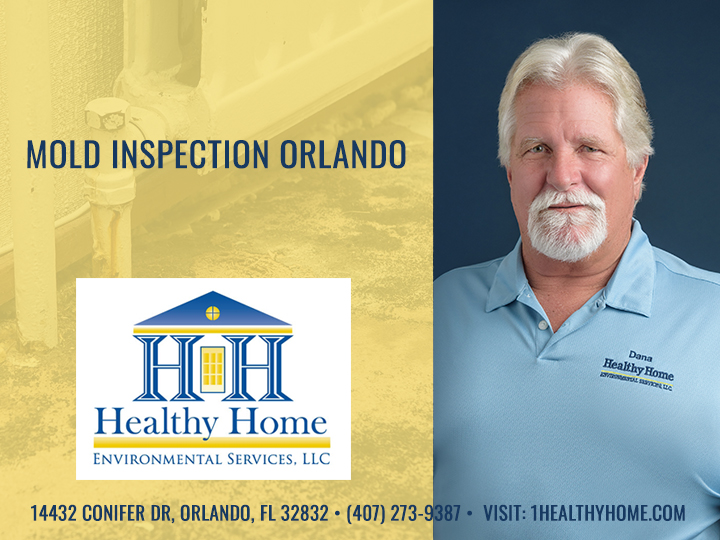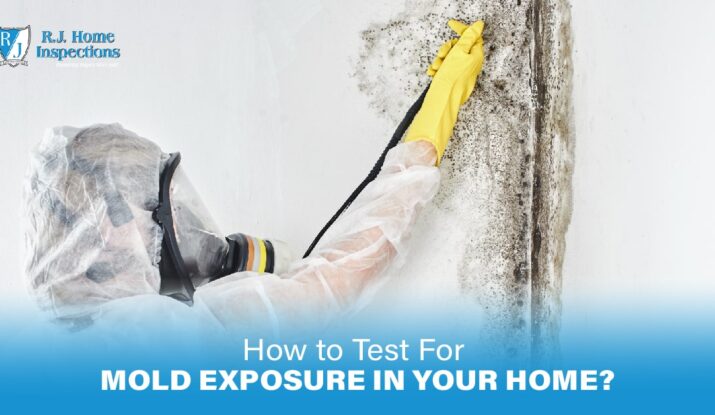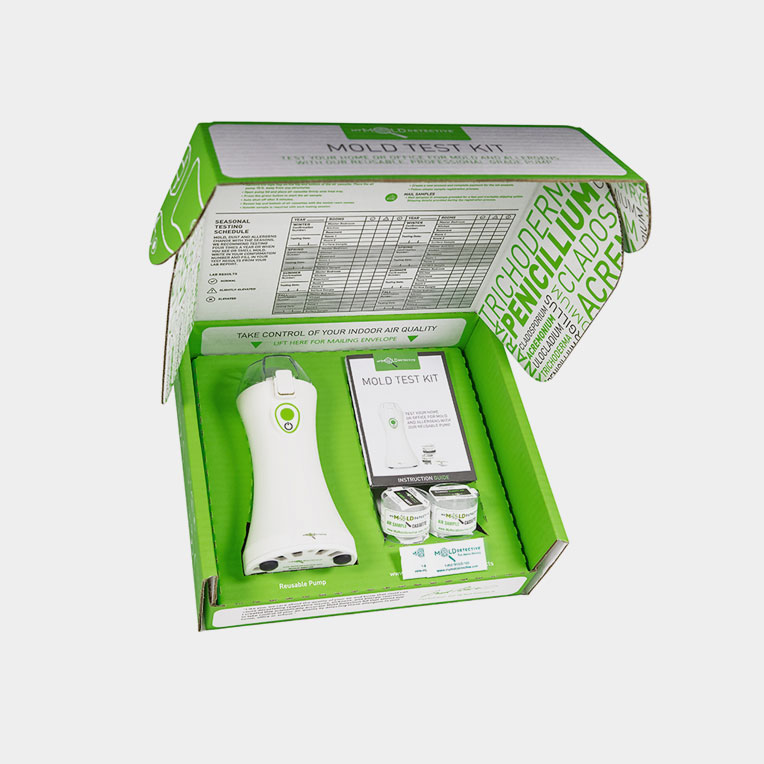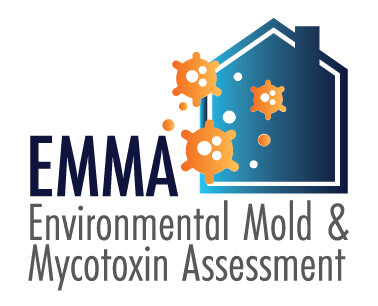Optimize Your Compliance with Relied on Mycotoxin testing Services Solutions
Optimize Your Compliance with Relied on Mycotoxin testing Services Solutions
Blog Article
Exactly How Mycotoxin Testing Assists Prevent Contamination and Secure Food Materials

Mycotoxin testing is a crucial method in the food market, offering as a frontline protection versus contamination by hazardous toxins created by molds. Via the application of advanced strategies like High-Performance Fluid Chromatography (HPLC) and Fluid Chromatography-Mass Spectrometry (LC-MS), food producers can accurately quantify and spot mycotoxin degrees in agricultural products.
Recognizing Mycotoxins
Comprehending mycotoxins starts with recognizing that they are harmful second metabolites produced by specific mold and mildews, which can pollute farming products. These metabolites are not important for the growth or recreation of the fungi yet can have serious implications for animal and human health. Mycotoxins are typically discovered in staple crops such as corn, wheat, barley, and nuts, where they can proliferate under particular conditions of wetness and temperature level.
There are numerous sorts of mycotoxins, each created by different fungal varieties. Aflatoxins, generated by Aspergillus types, are amongst the most notorious, understood for their carcinogenic residential properties. An additional significant team consists of ochratoxins, produced by Aspergillus and Penicillium species, which have nephrotoxic results. Fusarium types create trichothecenes and fumonisins, both of which are connected with various intense and chronic health problems.

Risks of Mycotoxin Contamination
The risks of mycotoxin contamination are complex, posturing substantial hazards to both food safety and security and public health. Mycotoxins, toxic compounds created by certain types of fungi, can contaminate a broad array of agricultural items consisting of grains, nuts, seasonings, dried fruits, and coffee.
Economic influences are an additional major issue. Contaminated plants can cause significant financial losses for farmers and food producers because of reduced returns and the demand for expensive purification measures. Global profession can be significantly impeded as nations enforce strict mycotoxin policies to protect their populations, leading to rejected deliveries and strained trade relations.
Environmental aspects such as environment modification intensify the threat of mycotoxin contamination. Variants in temperature and moisture can create beneficial problems for fungal development, enhancing the likelihood of contamination events. Therefore, understanding and mitigating these threats are important for making sure the safety and honesty of international food supplies.
Methods of Mycotoxin Checking
Properly identifying mycotoxin contamination in farming items is necessary for guarding public health and preserving food security criteria. Various methods are employed to discover and evaluate mycotoxins, each offering details advantages and constraints.
High-Performance Fluid Chromatography (HPLC) is a widely utilized method because of its high sensitivity and precision. It involves dividing mycotoxins from other compounds in a sample, making it possible for accurate metrology. Similarly, Fluid Chromatography-Mass Spectrometry (LC-MS) incorporates fluid chromatography with mass spectrometry to provide comprehensive molecular info, making it particularly helpful for recognizing several mycotoxins concurrently - Mycotoxin testing Services.

Gas Chromatography-Mass Spectrometry (GC-MS) and Thin-Layer Chromatography (TENDER LOVING CARE) are also employed, each with one-of-a-kind applications. GC-MS works for unstable mycotoxins, while tender loving care offers an easier, cost-efficient choice for preliminary screening.
Advantages of Regular Testing
Regular screening for mycotoxins in farming products offers various advantages, significantly adding to public health and food security. By recognizing contamination early, routine screening aids protect against the distribution of hazardous foods, thus reducing the risk of mycotoxin-related ailments among consumers. This positive strategy not just safeguards human health however also enhances the general top quality of food supplies.
Different countries and areas have actually established strict limitations for mycotoxin degrees in food and feed. Sticking to these Go Here limits with regular testing guarantees that manufacturers and vendors satisfy lawful standards, therefore avoiding penalties and profession barriers.
Additionally, regular mycotoxin screening can cause significant economic advantages. Early detection of contamination allows for prompt treatment, minimizing prospective losses from widespread contamination. Executing routine testing procedures can also decrease recall prices and associated responsibilities, which can be monetarily devastating.
Moreover, routine screening offers useful information that can educate far better farming techniques and storage space conditions. By recognizing patterns of contamination, manufacturers can take on precautionary measures, thus adding and decreasing my link future threats to the sustainability of the food supply chain.
Implementing Examining Methods
Carrying out effective mycotoxin testing protocols is critical for ensuring the safety and security and quality of farming products. Each stage has to be scrutinized to determine where mycotoxin contamination is most likely to take place.
When crucial control factors are recognized, selecting ideal testing methods is essential. Common techniques consist of enzyme-linked immunosorbent assay (ELISA), high-performance liquid chromatography (HPLC), and mass spectrometry (MS) Each approach has its staminas and weak points; thus, choosing the correct one relies on the certain mycotoxin being tested, the required level of sensitivity, and offered resources.

Last but not least, incorporating the screening protocols into a comprehensive food security monitoring system is a good idea. This enhances pop over here traceability and allows speedy rehabilitative actions when contamination is detected, consequently guarding the stability of the food supply chain.
Final Thought
Mycotoxin testing is necessary in avoiding contamination and safeguarding food materials by allowing early detection of harmful toxic substances produced by molds in agricultural products. Advanced methods such as HPLC and LC-MS make sure compliance with security policies and protect customers from health and wellness threats. Normal testing enhances brand credibility, economic stability, and trust fund in food safety by minimizing contamination-related losses and preserving high requirements in food production. Executing extensive screening methods is hence vital for the market's total wellness.
Mycotoxin screening is an essential practice in the food industry, serving as a frontline defense against contamination by hazardous toxins created by mold and mildews. An integrated approach involving farming practices, storage space monitoring, and routine testing can reduce the risks connected with mycotoxin contamination, making sure food safety and security and public health and wellness.
The risks of mycotoxin contamination are diverse, positioning substantial risks to both food safety and public wellness.Routine testing for mycotoxins in agricultural products offers countless benefits, substantially contributing to public health and food security.Mycotoxin testing is necessary in preventing contamination and securing food products by making it possible for very early detection of dangerous toxic substances produced by molds in farming products.
Report this page